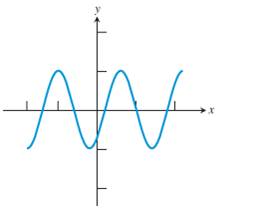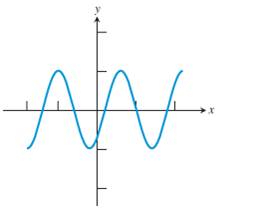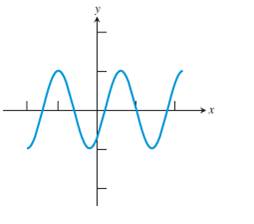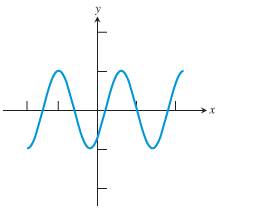
a.
To check: The graph of the relation is a function

Given information:
The graph is given below:

Concept used:
Vertical line test :The test state that a graph represent a function if and only if all vertical lines intersect the graph at most once.
Explanation:
Here from the graph can understand that when doing the vertical line test ,the vertical line intersect at only one point .So the graph pass in the vertical line test .
Hence the given graph of a relation is afunction.
b.
To check: The relation that have an inverse and is a function .

Given information:
The graph is given below.

Concept used:
The ordered pair (a,b) is a relation if only if the ordered pair (b,a) is an inverse relation.
The inverse of a relation is a function if and only if each horizontal line intersects the graph
of the original relation in at most one point.
Explanations:
Here for each ordered pair (a,b) has an inverse since its ordered pair (b,a) is an inverse relation.
But when do the horizontal line test it intersects more than point so it did not the horizontal line test.
Hence this inverse of this relation is not a function.
Chapter 1 Solutions
PRECALCULUS:...COMMON CORE ED.-W/ACCESS
- quick solve thisarrow_forwardquick solve thisarrow_forwardThis table displays the current in equal intervals. Time t/ms 05 10 15 20 25 30 Current i/A 0 4.8 9.1 12.7 8.8 3.5 0 The formula for the charge as follows: 30x10-3 q 0 i dt Use formula to solve the current at 30ms using both the trapezoidal rule and Simpson's rule showing all steps and workingarrow_forward
 Calculus: Early TranscendentalsCalculusISBN:9781285741550Author:James StewartPublisher:Cengage Learning
Calculus: Early TranscendentalsCalculusISBN:9781285741550Author:James StewartPublisher:Cengage Learning Thomas' Calculus (14th Edition)CalculusISBN:9780134438986Author:Joel R. Hass, Christopher E. Heil, Maurice D. WeirPublisher:PEARSON
Thomas' Calculus (14th Edition)CalculusISBN:9780134438986Author:Joel R. Hass, Christopher E. Heil, Maurice D. WeirPublisher:PEARSON Calculus: Early Transcendentals (3rd Edition)CalculusISBN:9780134763644Author:William L. Briggs, Lyle Cochran, Bernard Gillett, Eric SchulzPublisher:PEARSON
Calculus: Early Transcendentals (3rd Edition)CalculusISBN:9780134763644Author:William L. Briggs, Lyle Cochran, Bernard Gillett, Eric SchulzPublisher:PEARSON Calculus: Early TranscendentalsCalculusISBN:9781319050740Author:Jon Rogawski, Colin Adams, Robert FranzosaPublisher:W. H. Freeman
Calculus: Early TranscendentalsCalculusISBN:9781319050740Author:Jon Rogawski, Colin Adams, Robert FranzosaPublisher:W. H. Freeman
 Calculus: Early Transcendental FunctionsCalculusISBN:9781337552516Author:Ron Larson, Bruce H. EdwardsPublisher:Cengage Learning
Calculus: Early Transcendental FunctionsCalculusISBN:9781337552516Author:Ron Larson, Bruce H. EdwardsPublisher:Cengage Learning





